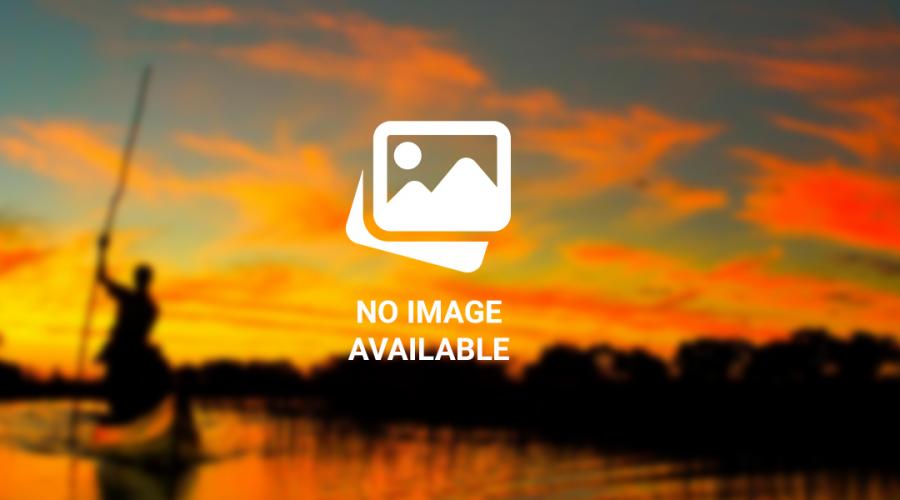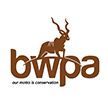One of the wildest and most remote destinations in Botswana, Gcwihaba hides a labyrinth of underground caverns and passages. Visitors will find stalagmite, stalactite and flowstone formations.
Moving from the more commonly used northern entrance, you'll first come across thousands of bats hanging from the cave walls. The most common species are the Commerson's Leaf-nosed Bat – the largest insectivorous bat in Southern Africa, the tiny Dent's Horseshoe Bat and the Egyptian Slit-faced Bat. They are harmless, but as you approach, be prepared for a mass exodus of fleeing bats rushing through the dusty darkness.
Some caverns are up to 10-metres high. Some are so tiny that one needs to squeeze or crawl to pass through.
The main cavern is called 'Drotsky's Cavern,' named after the Ghanzi farmer Martinus Drotsky, the first European to be shown the caves by the!Kung San in 1934.
Situated on a ridge set amongst undulating dunes, Gcwihaba has been part of the Kalahari ecosystem for almost three million years. It was formed during the Pleistocene Age when the area was much wetter.
Unique ecosystems of flora and fauna have been recorded at Gcwihaba, including the Namaqua Fig, only found at these hills and easily recognisable by its long trailing roots. The endemic aloe, tent tortoises, barking geckos, and Ruepel's parrot (also unique to this region) are all found in the area, with barn owls living in the caves.
Archaeological evidence suggests that the area was inhabited by foraging peoples thousands of years ago. Late Stone Age tools, burnt ostrich eggshells, animal bones, even a fossilised primate skull have been unearthed in the region. Indeed the caves hold clues to the way prehistoric peoples related to their environments.
Gcwihaba is a designated National Monument and a proposed UNESCO World Heritage Site.
Aha Hills
Straddling the Botswana/Namibia border, the Aha Hills lie about 50 km northwest of Gcwihaba and visible. The Aha Hills are mostly rough and jagged, split by weathering into numerous faults and fractures. They cover an area of approximately 245 sq km, mainly in Botswana.













